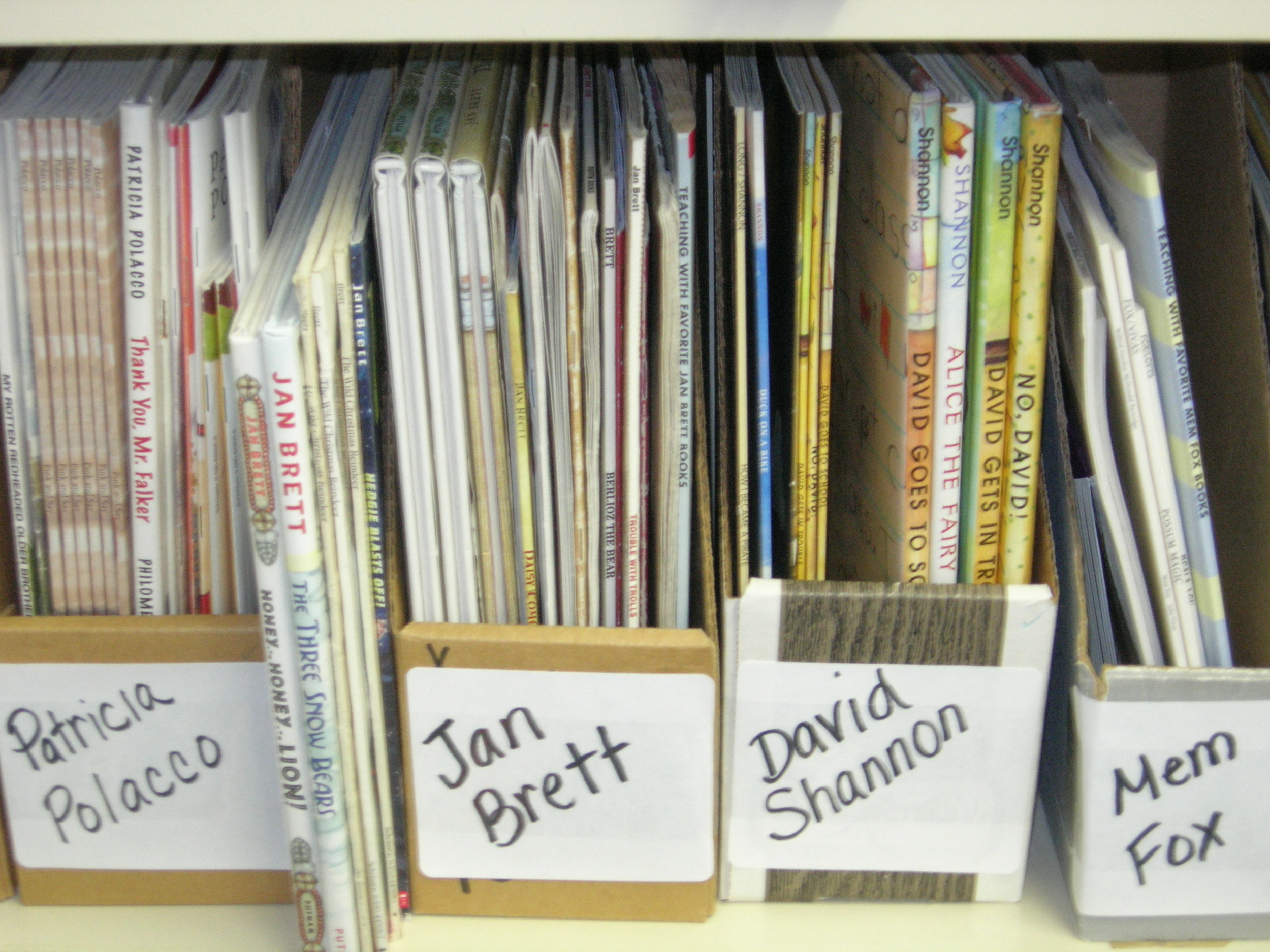Discuss Amongst Yourselves
Linda Richman was right. Throw out an open question and get the talk going. In our fourth grade classroom we've taken accountable talk to another level. We use many of the prompts that programs like Making Meaning explicitly teach, so outside of insisting on speaking patterns that first use and then play off of these stems, there were just a few new talk moves to initiate.So this year, I have taken myself out of the discussion leading role and thrown that back to students. When we have a whole class discussion, we gather on the carpet and - this is important - face each other by sitting on the perimeter just like we do for Morning Meeting. Why is this important? Because students can see each other and that is part of the active listening that is required in group discussions.Students must talk to each other and not to me. I throw out the question. I sometimes have to be the traffic cop when discussions go off-topic or when students in their enthusiasm forget about talking over each other. But basically, I'm out. If someone has a follow-up point, it's up to the person initiating to recognize them. And me? I get to observe students and their thought processes.Oh we've used "talking sticks", but mainly my students have gotten used to talking with each other using polite and focused discussion questions, perhaps challenging each other's thinking. Wouldn't it be awesome if the talking heads on TV could learn some of these same skills?No one has to be the sage on the stage. The students can do this. And the benefits are endless for both of us.
In our fourth grade classroom we've taken accountable talk to another level. We use many of the prompts that programs like Making Meaning explicitly teach, so outside of insisting on speaking patterns that first use and then play off of these stems, there were just a few new talk moves to initiate.So this year, I have taken myself out of the discussion leading role and thrown that back to students. When we have a whole class discussion, we gather on the carpet and - this is important - face each other by sitting on the perimeter just like we do for Morning Meeting. Why is this important? Because students can see each other and that is part of the active listening that is required in group discussions.Students must talk to each other and not to me. I throw out the question. I sometimes have to be the traffic cop when discussions go off-topic or when students in their enthusiasm forget about talking over each other. But basically, I'm out. If someone has a follow-up point, it's up to the person initiating to recognize them. And me? I get to observe students and their thought processes.Oh we've used "talking sticks", but mainly my students have gotten used to talking with each other using polite and focused discussion questions, perhaps challenging each other's thinking. Wouldn't it be awesome if the talking heads on TV could learn some of these same skills?No one has to be the sage on the stage. The students can do this. And the benefits are endless for both of us.
